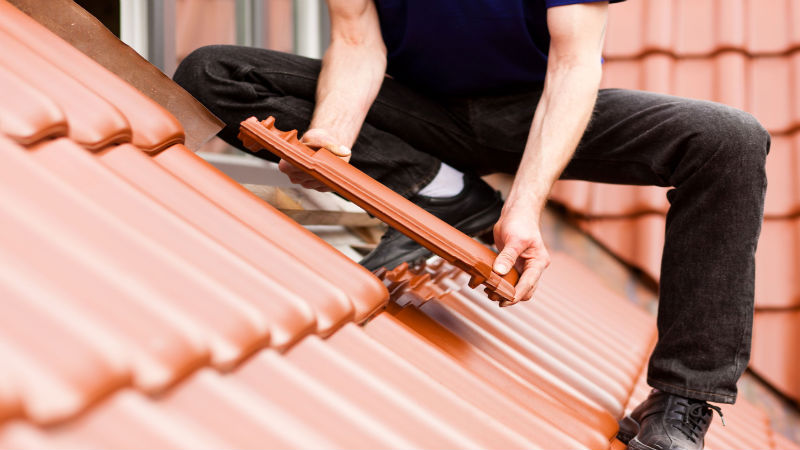When it comes to your business, you have to make certain every piece of equipment is right for its job. In the case of heat-treating equipment, you must be careful only to purchase the best products. They must be suitable for your industry. They must also be capable of providing you with exactly what you require. This is crucial with even the smallest components. It is essential regarding stainless steel pipe burners. These must be manufactured correctly. A pipe burner must be able to provide the exact amount of heat no matter what the application.
What is a Pipe Burner?
A burner consists of several integral parts. These are:
1. Steel pipe – long, basic black
2. Nozzle – end of the burner, an upside-down cone
3. Venturi – in the middle section
4. Gas Jet – brass, found close to the venture, entry is quite big. It is important that the gas supply be firmly attached, be the appropriate type of gas and the line size be suitable
The process involving a pipe burner is relatively simple. The jet juts into the forced air stream. The air is low pressure but travels at high volume through the pipe burner tube. The pipe burner may utilize natural or propane gas.
What does a Pipe Burner Do?
Pipe burners heat up or “cook” a variety of various devices. These include:
1. Processing tanks
2. Ovens or kilns
3. Cookers
4. Kettles
The tanks can be designed in any number of sizes and shapes. Pipe burners can heat them up whether they are large or small. Burners heat them if the ovens are square or rectangular. The kilns can be V-bottom or sloping. You can purchase a pipe burner for any tank, even specialty ones.
A properly constructed, quality pipe burner will produce an even, uniform heat throughout the device. It will spread the gas flame evenly throughout the complete length of the material the manufacturer needs heating. These industrial applications of a pipe burner include the following:
1. Metal melting
2. Powder coating
3. Micro brewing
4. Food processing
To accomplish this, a pipe burner must be tough and durable. It must meet the demands of any heating process. A manufacturer must remember these qualities when purchasing one. Failure to do so, to opt for the wrong strength, quality or size, will only result at best in a defective or poor quality product at worst in disaster.


